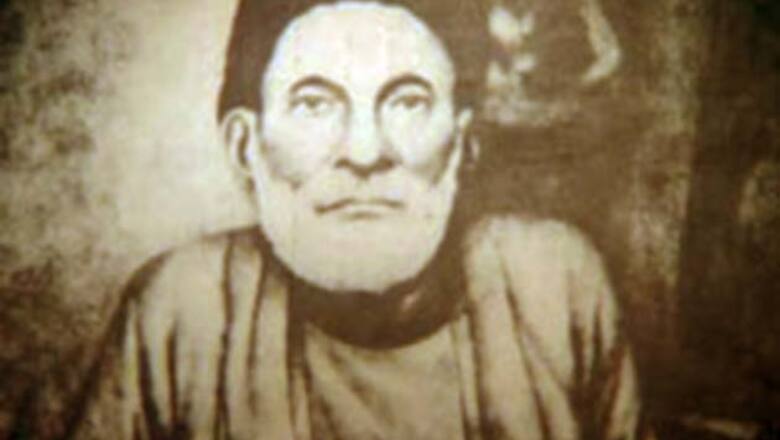
views
New Delhi: A new book on Urdu poetry provides an introduction for beginners as well as connoisseurs to the poems of legends like Mirza Ghalib and Mir Taqi Mir to the lyrics of contemporary game changers like Javed Akhtar and Gulzar.
In the anthology The Taste of Words: An Introduction to Urdu Poetry, author Raza Mir attempts to provide an entry point to the subject for interested non-insiders.
"To these readers, I offer a quasi-formal introduction to the canon and the contemporary landscape of Urdu poetry, with a highly arbitrary and subjective selection of around 150 poems from approximately 50 poets," says the management
teacher at William Paterson University in the United States.
Many of these poems have been abridged due to space considerations. Mir begins with a brief historical essay on Urdu and Urdu poetry before laying out his selection of poems.
"I have included biographical notes on the poets, which are not meant to be exhaustive, but just an attempt to render them human enough. The poets are ordered chronologically," he says.
Besides legends like Mirza Ghalib, Amir Khusrau, Mir Taqi Mir and Zauq, the book also has poems of poets of the progressive era like Josh Malihabadi, Firaaq Gorakhpuri, Makhdoom Mohiuddin, Sahir Ludhianvi, Faiz Ahmed Faiz, Asrar-ul Haq Majaz, Ali Sardar Jafri, Jan Nisar Akhtar and Kaifi Azmi; contemporary poets Javed Akhtar and Gulzar, and a variety of feminist poets of Pakistani origin like Fahmida Riaz, Zehra Nigah and Ishrat Aafreen.
Want to know the difference between a qataa and a rubaai, or a musadda and a marsiya?
A qataa is a poem of four lines - a quatrain. It may occur in the middle of a ghazal where the poet is unable to finish a thought in two lines, and chooses to use four. It may also be a stand-alone verse, un-embedded in any long poem.
Like a qataa, a rubaai is a four-liner, but it is always a stand-alone mini-poem in its own right.
"Its (rubaai's) rhyming scheme is fixed, with the first, second and fourth line rhyming, while the third line is free.
In this sense, one can say that all rubaais are also qataas but all qataas are not rubaais," Mir says.


















Comments
0 comment